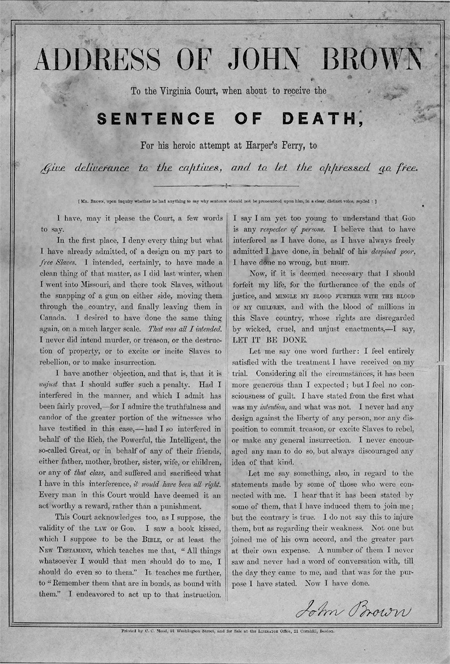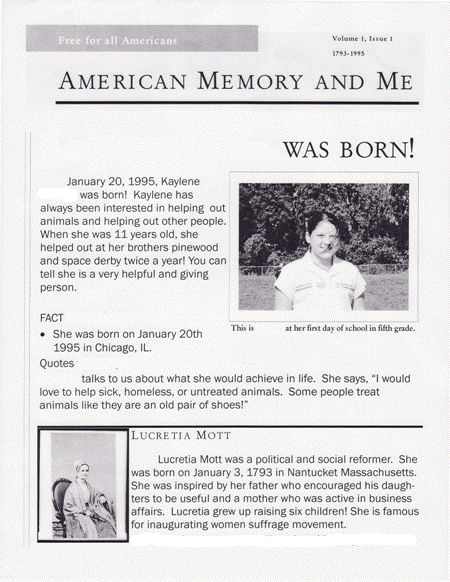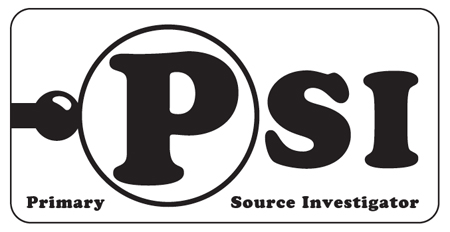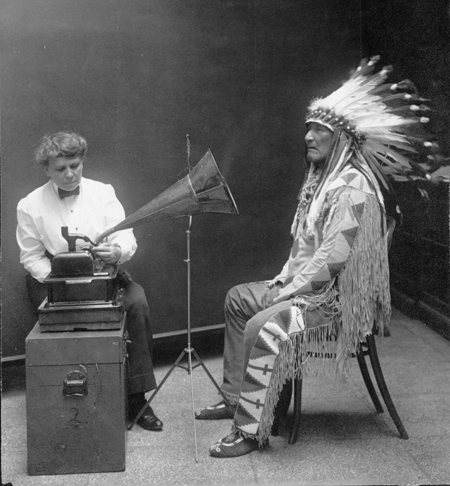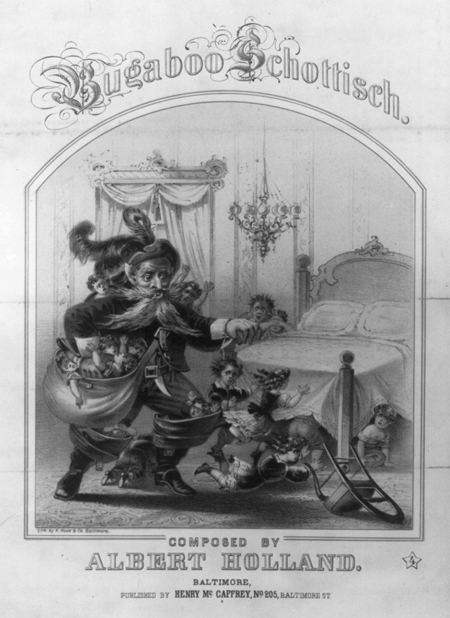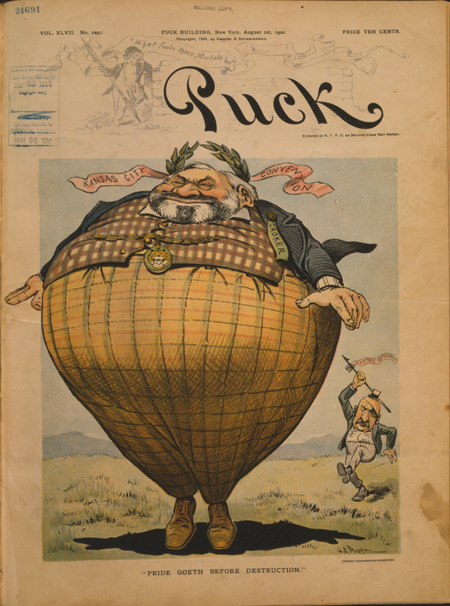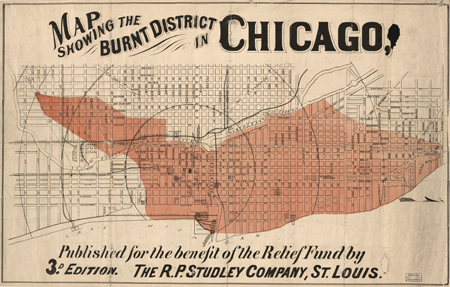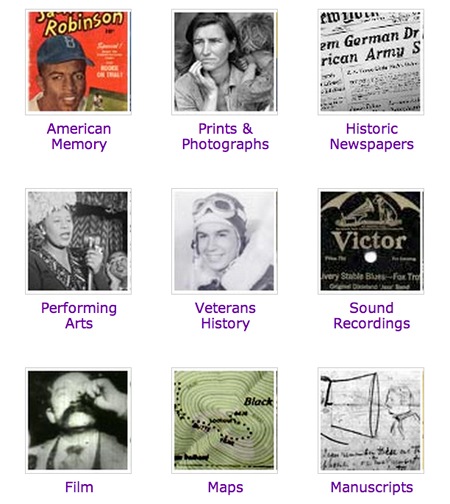Analyzing Primary Sources: Close Reading Markup Strategies
The plan today had been to post a CCSS-aligned primary source activity focused on close reading of images and texts but input from a great group of teachers at a professional development session necessitated a blog detour. So, instead, we’ll share a close reading markup strategy remix and resource list. Keep in mind that close…

